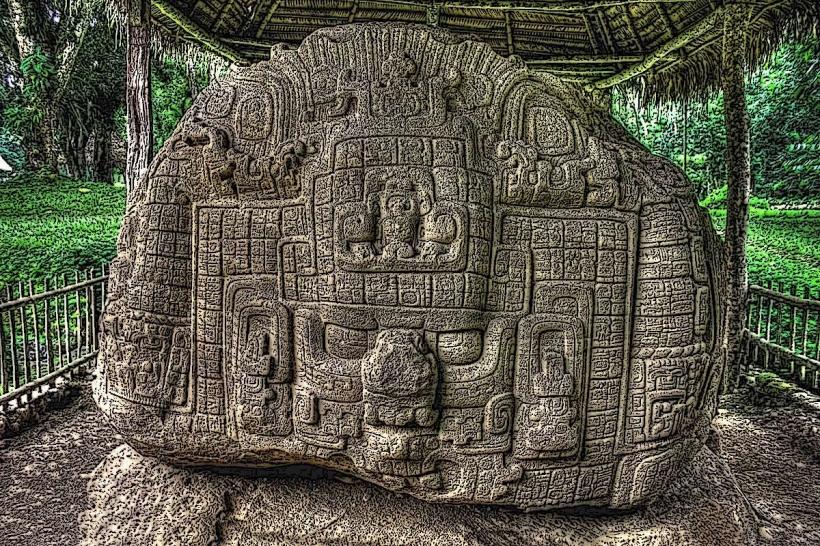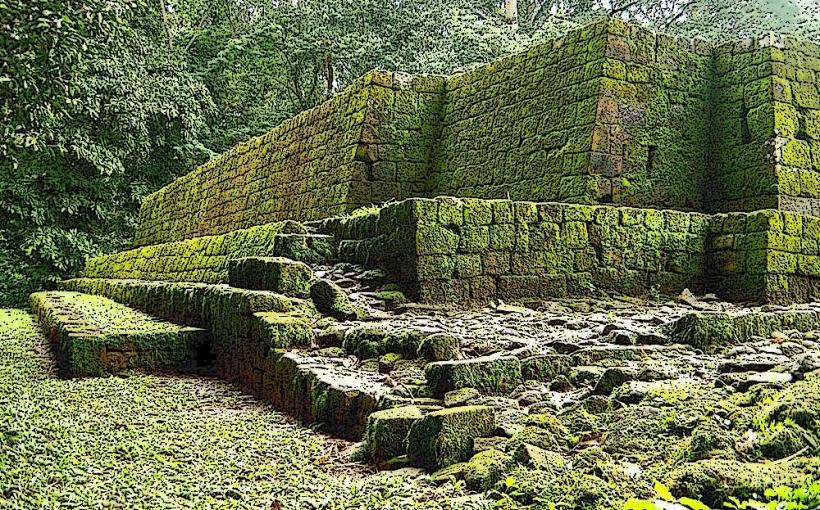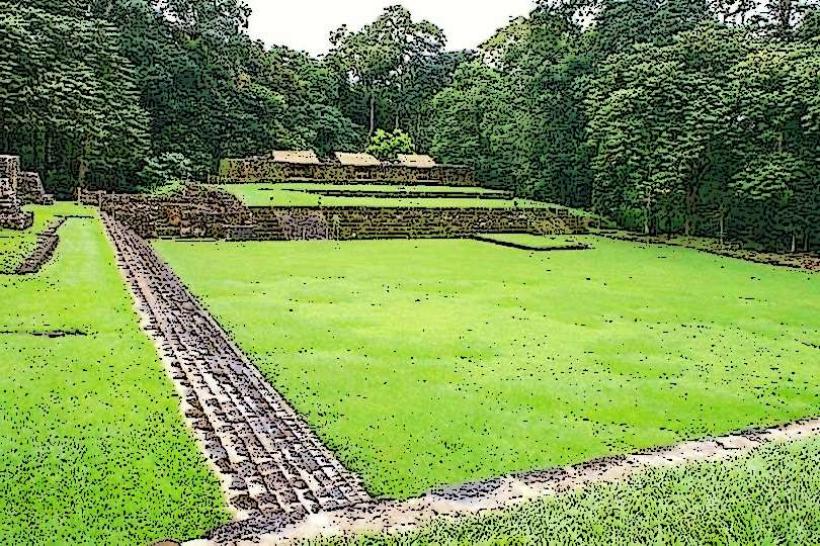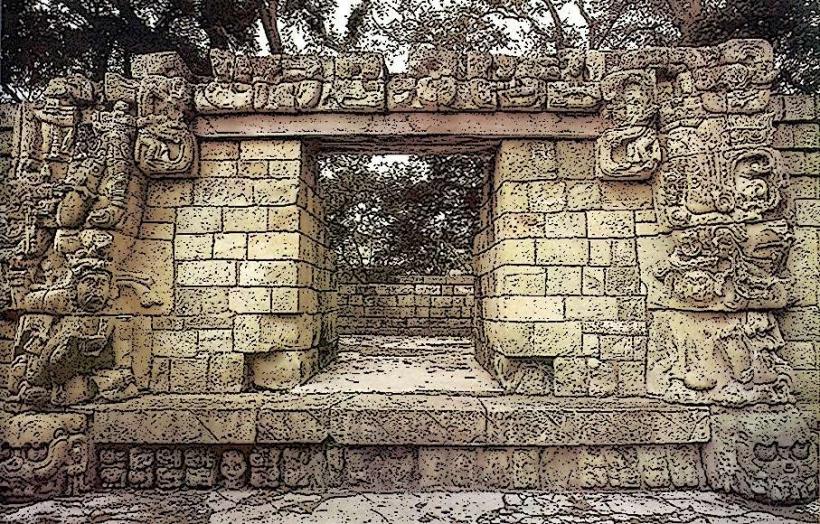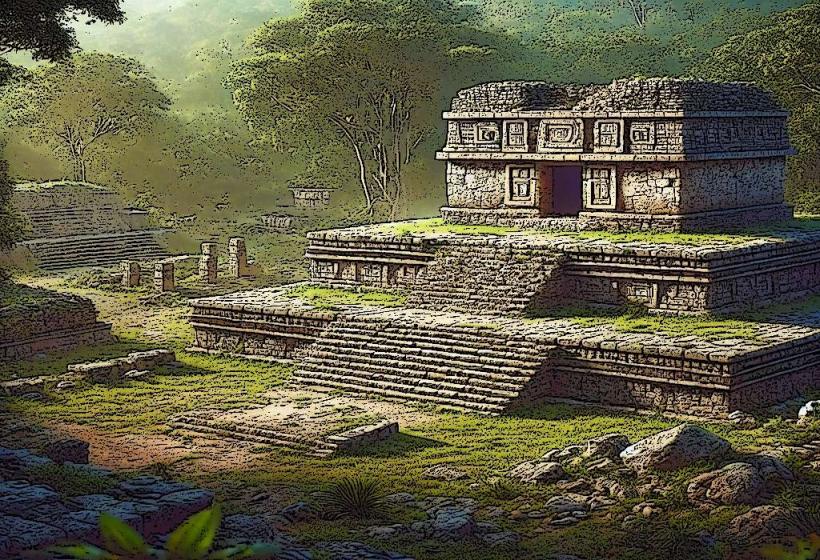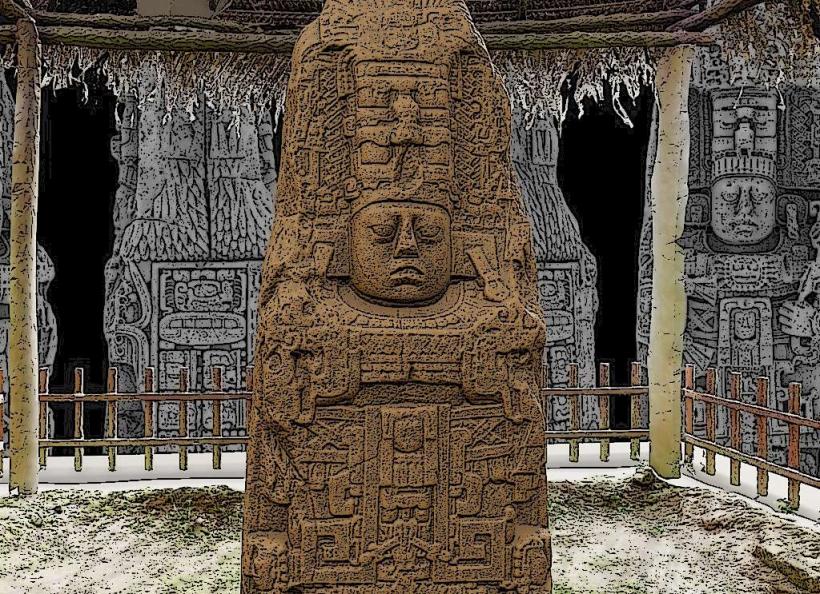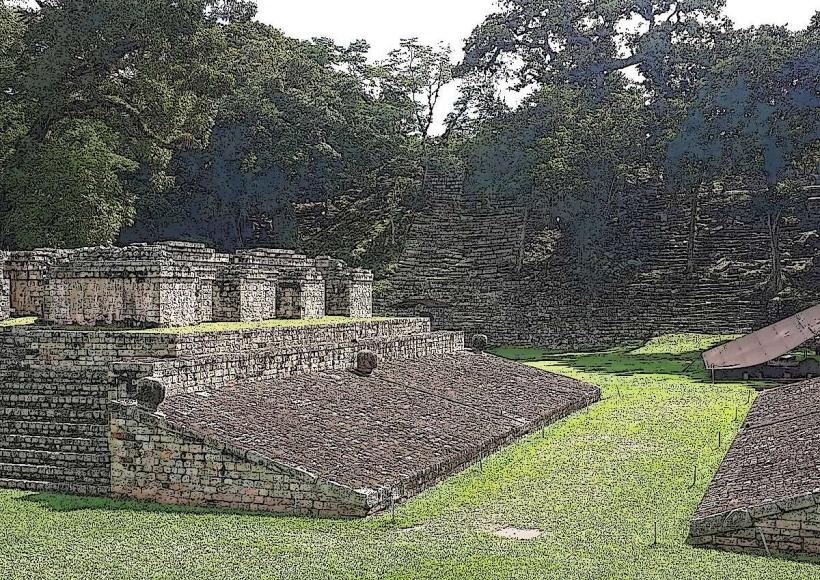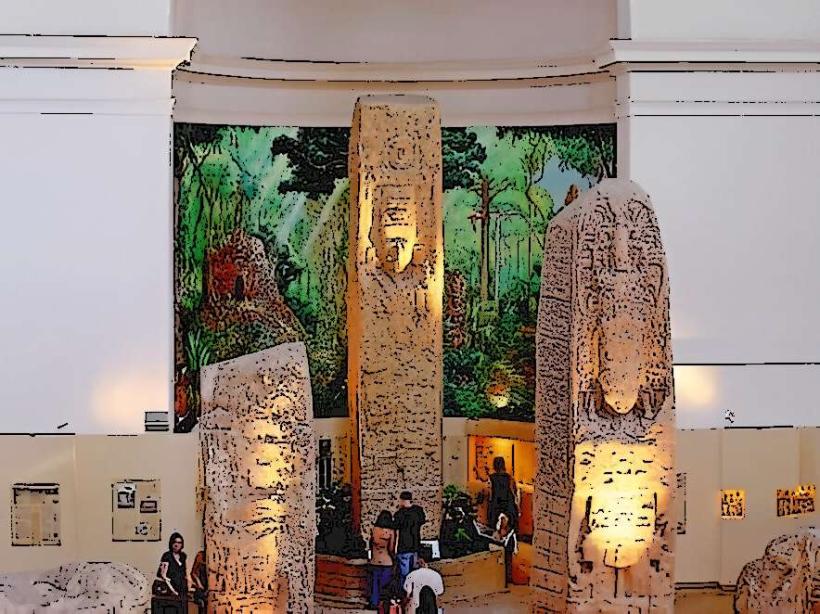Information
Landmark: Quiriguá Archaeological ParkCity: Quirigua
Country: Guatemala
Continent: North America
Quiriguá Archaeological Park is a UNESCO World Heritage site located in the eastern part of Guatemala, specifically in the department of Izabal. It is one of the most significant Maya archaeological sites, particularly known for its impressive stelae (stone monuments) and intricate sculptures. The park provides valuable insight into the art, culture, and society of the ancient Maya civilization.
Historical Significance
Quiriguá was a city of the Maya civilization that thrived during the Classic Period (250–900 CE). It is considered one of the most important sites in the Maya lowlands, although it was relatively small compared to other cities like Tikal or Copán. The site reached its peak around the 8th century, and its history is closely tied to its political and cultural ties with Copán, another major Maya city located in present-day Honduras.
Quiriguá’s importance is largely due to its extraordinary stelae and altars, which commemorate the achievements of the rulers of the city. These monuments were likely used to record important events, including the ascension of new rulers, military victories, and religious ceremonies.
Architecture and Monuments
One of the most remarkable features of Quiriguá is its stelae—large stone pillars that were carved with intricate reliefs depicting rulers, gods, and important historical events. The most famous of these stelae is Stela E, which is the largest and tallest carved stone monument in the Maya world, standing at about 10.6 meters (35 feet) tall. These stelae are typically carved from greenstone, a material that was highly valued by the Maya, and their inscriptions are written in the Maya glyphic script, a complex writing system used to record historical and ceremonial information.
In addition to the stelae, Quiriguá has altars (stone platforms) placed in front of the stelae, which were used for rituals and ceremonies. These altars are also intricately carved with images of gods and other symbols associated with Maya cosmology.
The site contains several impressive structures, including:
- Acropolis: A central area where several of the most important stelae and altars are located.
- Great Plaza: A large open area with numerous monuments, stelae, and altars, which would have been used for public ceremonies and gatherings.
- Temple of the Sun: A smaller structure believed to have been used for astronomical observations.
Cultural and Political Context
Quiriguá’s political history is intertwined with that of Copán, located just across the Guatemalan border in Honduras. The two cities were initially allies, but at one point, Quiriguá rebelled and gained independence, likely under the leadership of the ruler K'ak' Tiliw Chan Yopaat (also known as Great Jaguar Paw), who came to power in the early 8th century. This period of political independence is marked by the creation of the large and elaborately carved stelae, which commemorate the city’s rulers and political events.
The stelae often depict Quiriguá’s rulers in their full regalia, emphasizing their divine status and connection to the gods. The inscriptions on these monuments provide valuable insight into the political and dynastic history of Quiriguá and its interaction with other Maya cities.
Role in Maya Religion and Astronomy
Quiriguá was also an important center for Maya religion and astronomy. The stelae and altars often feature celestial and mythological symbols, highlighting the city's role in the worship of the gods and in rituals associated with the movement of the sun, moon, and other celestial bodies. The site is believed to have had an observatory that was used to track the cycles of the planets, especially Venus, which held significant religious and ritual importance for the Maya.
Decline and Rediscovery
Quiriguá experienced a decline around the end of the 9th century, as did many other Classic Maya cities. The reasons for this decline are still debated, but factors such as environmental changes, resource depletion, and internal conflict may have played a role. After its decline, the site was abandoned and forgotten for centuries until it was rediscovered in the 19th century.
Visiting Quiriguá Archaeological Park
Today, Quiriguá Archaeological Park is a popular tourist destination, offering visitors the chance to see one of the most unique collections of Maya monuments. The park is well-maintained, and visitors can explore the various stelae, altars, and other structures. It provides an excellent opportunity to learn about the ancient Maya civilization and its achievements in art, architecture, and writing.
The park is located near the town of Morales, in the department of Izabal, and is accessible from the city of Puerto Barrios, which is on the Caribbean coast. The surrounding landscape is lush and tropical, offering a peaceful and scenic environment for exploration.
In conclusion, Quiriguá Archaeological Park is a remarkable site that offers a deep connection to the ancient Maya world. Its monumental stelae, altars, and structures tell the story of a once-thriving city and its cultural, political, and religious importance in the Maya civilization. The site is an essential stop for anyone interested in exploring the rich history and legacy of the Maya people.

